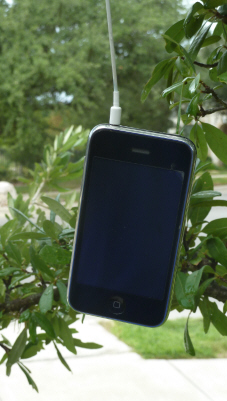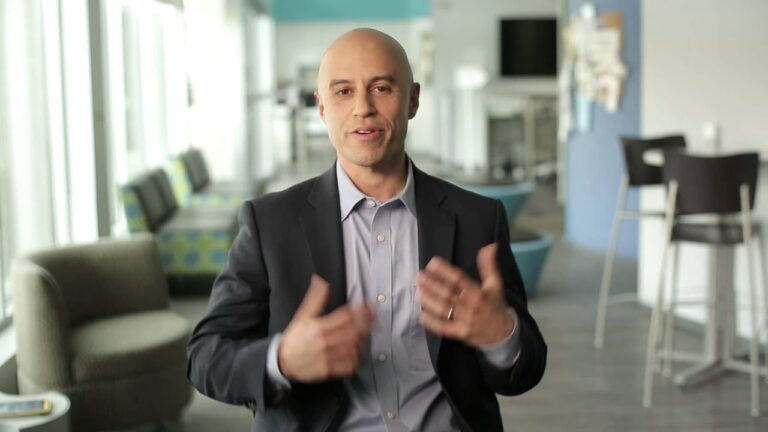Lack of Fast Internet threatens Telehealth Future
I responded to an online discussion of a call for Congress to Expand Telehealth Services to Improve Patient Access and Outcomes and Decrease Healthcare Costs. Key to delivering telehealth is the availability of high-speed Internet access, and that prompted me to comment on an online conversation of this HIMSS problem description.
The enormous potential of telehealth or telemedicine to positively transform healthcare delivery in America is not being realized due to numerous impediments. These include out-of-date public and private reimbursement structures, inadequate broadband availability, and varying licensure and practice restrictions between some states. … In many areas of the country, there are not enough health professionals to provide in-person visits or appropriate follow up care, especially for mental health and highly specialized services like pediatric critical care. In other areas, distance or unavailability of transportation presents impediments to care.
 Lack of Fast Internet threatens Future of Telehealth & mHealth
Lack of Fast Internet threatens Future of Telehealth & mHealth
The lack of good cellular connections threatens the future of Telehealth & mHealth solutions, especially in rural communities because of poor access to fast networks. But even in the high-tech town of Austin, TX the wireless signal in my neighborhood is so bad that I’m lucky to get one bar of signal strength.AT&T is the only provider with any signal since we’re in a small canyon, so homeowners have no other choice.
I complained to the AT&T store and showed them a photo of me standing outside – in my pajamas under an umbrella in the rain to get a strong enough signal to make a call. In the photo I wore ear-buds so my head wouldn’t block the signals, and the phone itself was dangling from a tree branch so my hands wouldn’t touch it either.
AT&T finally relented and gave me a micro-cell device to connect to my broadband connection. It acts like a mini cell tower for my home, and now I get 5 bars. Other neighbors have followed suit, but still there’s no competition, and my friends on a small ranch in Liberty Hill 20 miles away have no cellular service at all. Their broadband connection can’t even supply the 1 Mbps bandwidth needed for telehealth video calls, so a micro-cell option is not available.
Other communities that once got good service have seen it degrade over time as demand for wireless broadband Internet access has created a spectrum crisis that jeopardizes innovation, job growth, economic productivity, and societal gains. Cellular networks that were previously dedicated to voice calls are now also used to stream music, down apps, and share photos & videos. Mobile data access is consuming much more bandwidth than voice calls and taxing network capacity.
Recommendation
What we need is a national imperative to allocate additional spectrum for wireless broadband and to either (1) fund public networks or (2) create robust competition that encourages private investments. The problem is that corporations tend to NOT invest in network upgrades until there’s enough market demand. That’s because they have a legal responsibility to serve the investment interests of shareholders rather than public interests. But the innovative new apps that would create that demand can’t even be developed without the networks (and users) in place.
It’s a chicken v. egg dilemma that should be a top public policy issue because it affects the health of our nation through telehealth, as well as our prosperity through distance learning, telework, and e-commerce; our politics through e-government; and our national security.

